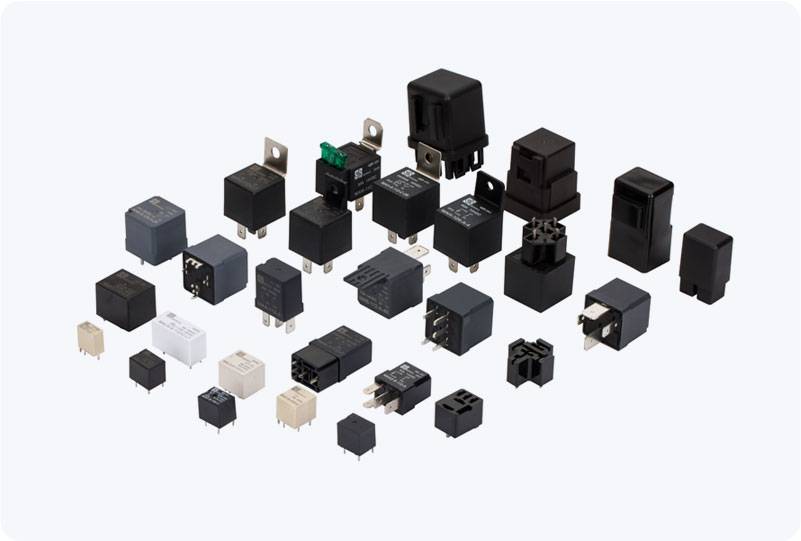In the world of electrical engineering, the precharge relay plays a crucial role in ensuring the smooth operation and protection of power systems. From electric vehicles to industrial UPS (uninterruptible power supply) systems, the precharge relay is an essential component that prevents damage caused by high inrush currents during the initial power-up phase. In this article, we will explore the concept of the precharge relay, its function, and its importance in various applications.

What is a Precharge Relay? A precharge relay, often referred to as a “soft start relay” or “precharge circuit,” is a relay used to limit the inrush current when charging capacitors, batteries, or other high-voltage components. These components are commonly found in systems such as electric vehicles (EVs), renewable energy storage systems, industrial machinery, and uninterruptible power supplies. The precharge relay is designed to gradually introduce voltage to the system before full power is applied, thereby preventing any damaging current spikes. When an electrical system is powered on, especially when large capacitors are involved, a sudden surge of current can flow through the circuit. This surge, called inrush current, can be high enough to cause significant damage to both the components and the power supply itself. The precharge relay mitigates this risk by controlling how the electrical current flows into the system, allowing the capacitors to charge slowly and safely to their operating voltage.
Leave a Reply